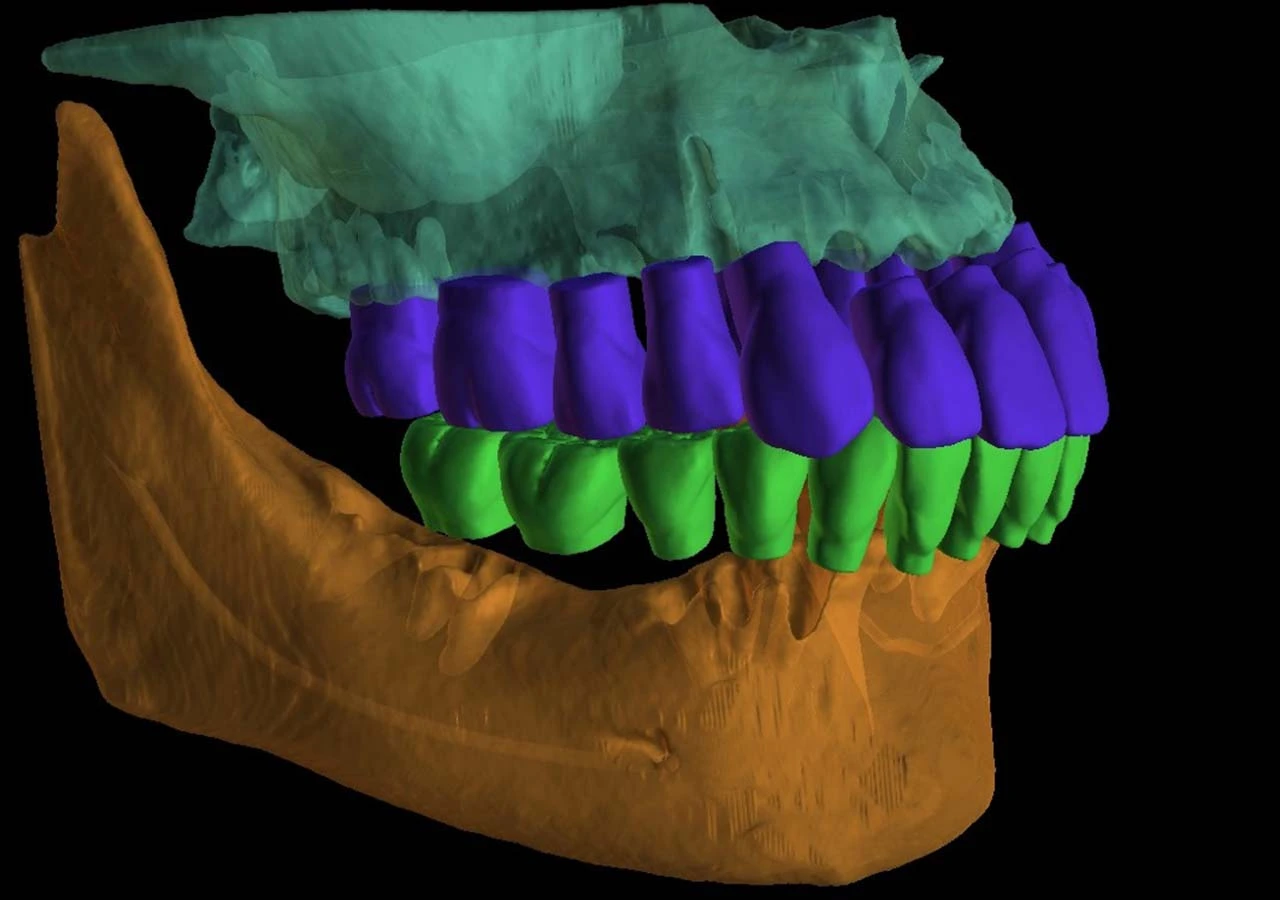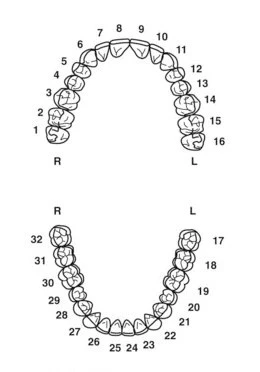The Emergence of Digital Occlusion Analysis in Bite Evaluation and Treatment Planning

Dynamics of modern dentistry, in the evolution of technology has sparked a revolution, redefining conventional practices and reshaping the way dental professionals approach diagnosis and treatment planning. One such ground-breaking advancement lies in the realm of occlusion analysis—the evaluation of how teeth come together when the jaws close. Traditionally reliant on physical examinations and analog techniques, occlusion analysis has undergone a remarkable transformation with the advent of digital dentistry. In this blog, we delve into the emergence of digital occlusion analysis, exploring its significance, applications, and the transformative impact it has brought to bite evaluation and treatment planning.
The Transition to Digital Occlusion Analysis:
Gone are the days of relying solely on articulating paper and plaster models to assess occlusion. With the rapid integration of digital technologies into dental practice, the shift towards digital occlusion analysis has been nothing short of revolutionary. Intraoral scanners, 3D imaging systems, and sophisticated software have ushered in a new era of precision and efficiency, enabling dental professionals to obtain detailed insights into occlusal relationships with unprecedented accuracy and speed.
Unprecedented Precision and Efficiency:
Digital occlusion analysis offers a level of precision that was previously unattainable with traditional methods. Intraoral scanners capture highly detailed impressions of the dentition and surrounding oral structures, providing a comprehensive digital replica of the patient's occlusal anatomy. This digital data can be further analyzed using advanced software algorithms, allowing clinicians to visualize occlusion in three dimensions and make precise measurements of occlusal parameters.
Furthermore, the efficiency of digital workflows significantly streamlines the occlusion analysis process. Gone are the days of waiting for plaster models to set or dealing with the inaccuracies of manual measurements. With digital technology, data acquisition is rapid and seamless, enabling clinicians to make informed decisions in real-time and optimize chair side time for enhanced patient care.
Enhancing Treatment Planning Across Specialties:
The integration of digital occlusion analysis has profound implications across various dental specialties, revolutionizing treatment planning and improving patient outcomes:
- Orthodontics: In orthodontic practice, digital occlusion analysis facilitates comprehensive treatment planning by providing detailed insights into malocclusion and occlusal relationships. Digital simulations allow orthodontists to visualize the anticipated outcomes of treatment, empowering patients to make informed decisions about their orthodontic care.
- Prosthodontics: Digital occlusion analysis plays a crucial role in the fabrication of prosthetic restorations, such as crowns, bridges, and dentures. By ensuring optimal occlusal alignment, clinicians can achieve superior fit, function, and aesthetics, leading to greater patient satisfaction and long-term success.
- Implant Dentistry: Precise evaluation of occlusion is essential in implant dentistry to ensure the successful integration and longevity of dental implants. Digital occlusion analysis enables clinicians to accurately plan implant placement and design implant-supported restorations, thereby maximizing functional and esthetic outcomes for patients.
- Temporomandibular Joint (TMJ) Disorders: Digital occlusion analysis provides valuable insights into occlusal factors contributing to TMJ disorders, guiding the development of personalized treatment strategies. By addressing occlusal imbalances, clinicians can alleviate TMJ-related symptoms and improve overall quality of life for patients suffering from these conditions.
Embracing a New Era of Precision Dentistry:
The emergence of digital occlusion analysis represents a pivotal moment in the evolution of dentistry, marking a paradigm shift towards precision-driven care. By harnessing the power of digital technology, dental professionals can achieve unparalleled accuracy in bite evaluation and treatment planning, ultimately leading to improved clinical outcomes and patient satisfaction. As digital dentistry continues to advance, the integration of digital occlusion analysis into routine practice will undoubtedly become indispensable, shaping the future of dentistry and ushering in a new era of excellence in patient care.
DOWNLOAD FREE E-BOOK
Kick start your Guided Surgery Practice.
 USA & Canada:
USA & Canada:
 UK:
UK:


Comments: